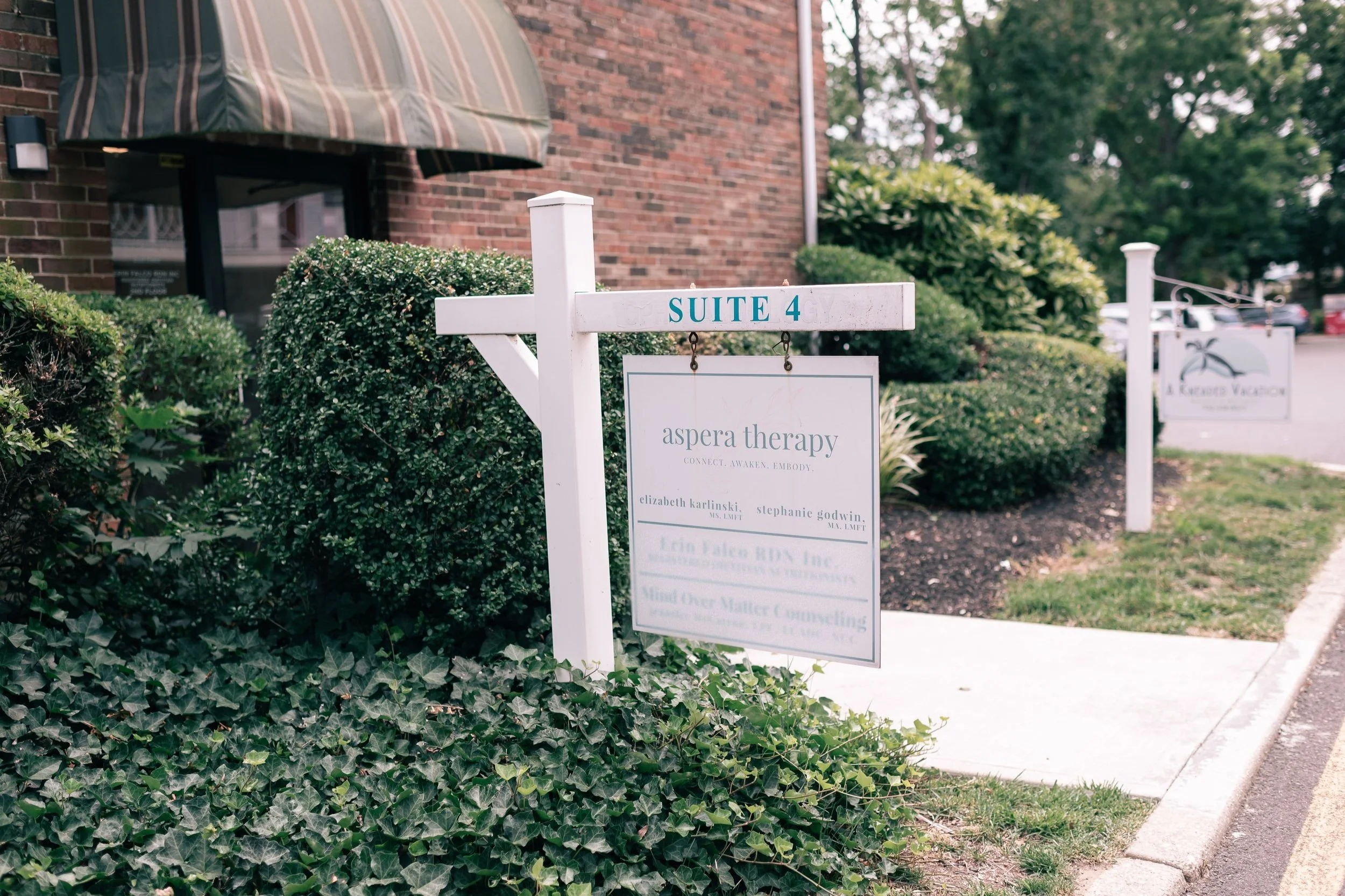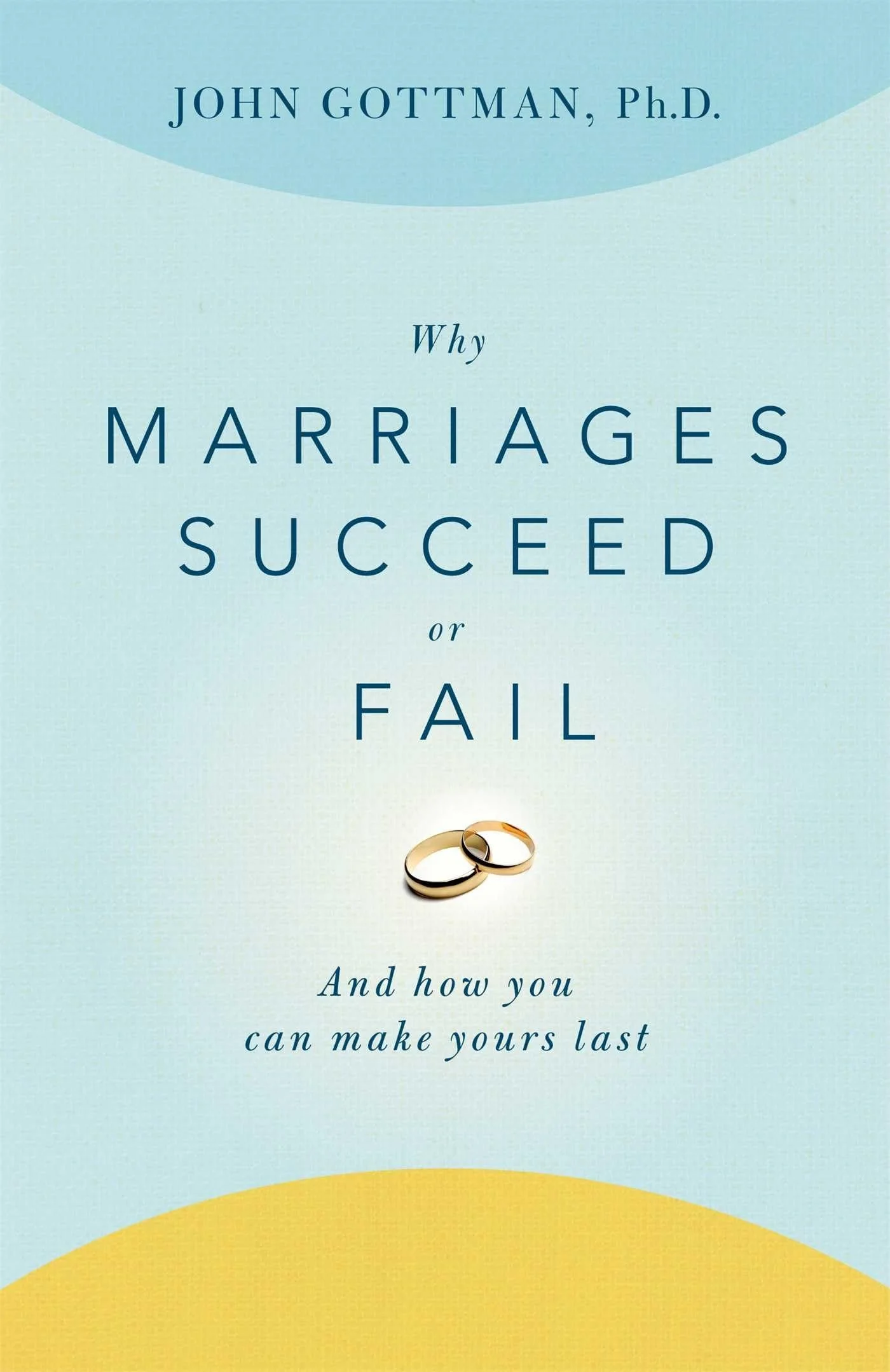At a Crossroads: Understanding Discernment Therapy for Couples in Crisis
When couples find themselves in a place of deep relational distress, the conversations often shift from “How can we fix this?” to “Should we even try anymore?” This is a profoundly painful and confusing space to be in — especially when partners aren’t on the same page about what they want. One partner may be holding on tightly to the relationship, while the other is mentally or emotionally preparing to leave. This imbalance — often called a “mixed-agenda couple” — makes traditional couples therapy difficult and sometimes even counterproductive.
This is where discernment therapy offers a distinct and necessary alternative.
What Is Discernment Therapy?
Discernment therapy is a short-term, structured, and non-adversarial process that helps couples gain clarity and confidence in making one of three decisions:
Keep the relationship as it is (status quo).
Move toward separation or divorce.
Make a clear, mutual commitment to a period of intensive couples therapy to try and restore the relationship.
Unlike traditional couples therapy, discernment therapy doesn’t try to solve relationship problems right away. It first asks, Should we even try to solve them together?
The goal is not reconciliation — at least not initially. Instead, the focus is on clarity, honesty, and intentionality. This process allows both individuals to slow down, reflect on their roles in the relationship’s distress, and evaluate their willingness to try again.
Who Is It For?
Discernment therapy is specifically designed for couples in limbo — where one person is seriously considering leaving and the other is still invested in saving the relationship. These couples are often navigating emotional whiplash: one partner may feel exhausted, unheard, or numb; the other may be anxious, reactive, and desperate for change.
Trying to jump into solutions or standard couples counseling in this dynamic often leads to further disappointment. The leaning-out partner may feel pressured or trapped, while the leaning-in partner feels invalidated or ignored. Discernment therapy acknowledges this imbalance and provides space for both partners to be seen and heard — individually and together.
How It Works
Discernment therapy typically takes between 1 to 6 sessions. The sessions include a mix of:
Private one-on-one conversations with each partner to explore their personal experiences, fears, hopes, and doubts
Joint conversations to share insights and reflect on the relationship dynamic
The therapist acts as a guide — not a referee — helping each person:
Reflect on what’s happened in the relationship and how each has contributed to the current situation
Understand whether past attempts at change were successful or superficial
Consider the personal and relational implications of staying or leaving
Explore what a meaningful path forward might look like
Outcomes and Benefits
The process of discernment therapy respects the couples’ ambivalence while helping move out of paralysis. The goal in terms of outcome is clarity. No matter which decision is made, couples emerge from the process with a deeper understanding of themselves, each other, and what went wrong.
If the couple decides to part ways, discernment therapy can:
Promote a respectful, collaborative separation
Reduce long-term emotional and financial damage
Help each partner avoid repeating the same patterns in future relationships
Support smoother co-parenting if children are involved
If the couple commits to trying again, discernment therapy:
Provides a clear entry point into couples therapy with aligned goals
Prevents false starts and wasted energy
Encourages personal accountability from the beginning
Increases the chances of meaningful, lasting change
This process supports growth regardless of outcome — even the decision to separate can be made with care, integrity, and a sense of mutual understanding.
A More Compassionate Path
In a culture that often sees relationships in binary terms — stay or go, success or failure — discernment therapy offers a third way. It recognizes that important decisions about love, family, and identity are rarely black and white. For couples on the brink, it offers a pause, a breath, and a structured space to make one of life’s hardest decisions with intentionality.
If you or someone you know is facing the heavy question, “Do we stay together or not?”, discernment therapy might be the right next step. It’s not about forcing an outcome — it’s about moving from paralysis to clarity, whatever path you choose.
Resources
Talking with a mediator can help shed light on questions couples have about what separating will look like, without lawyering up. This free e-book is a 28-page primer on the mediation process and New Jersey divorce law essentials.









